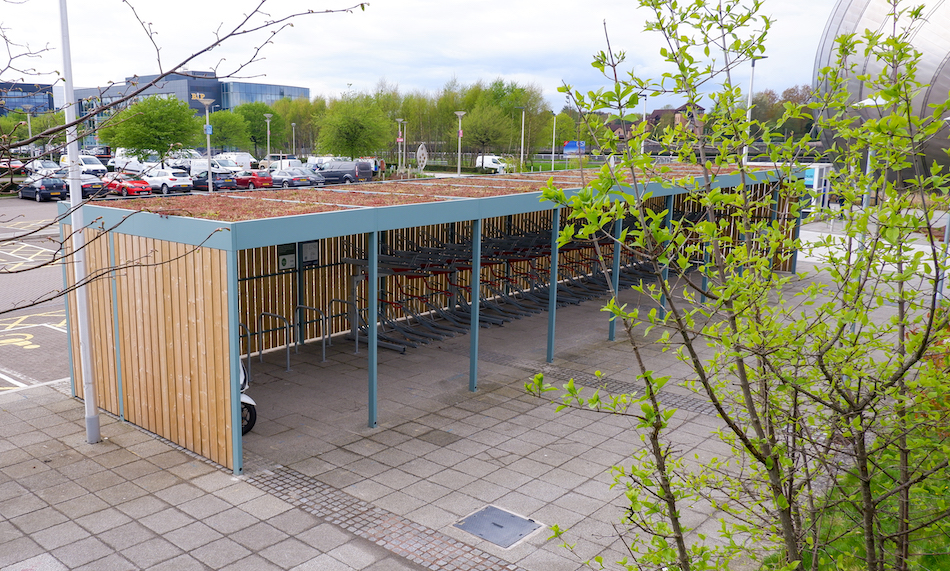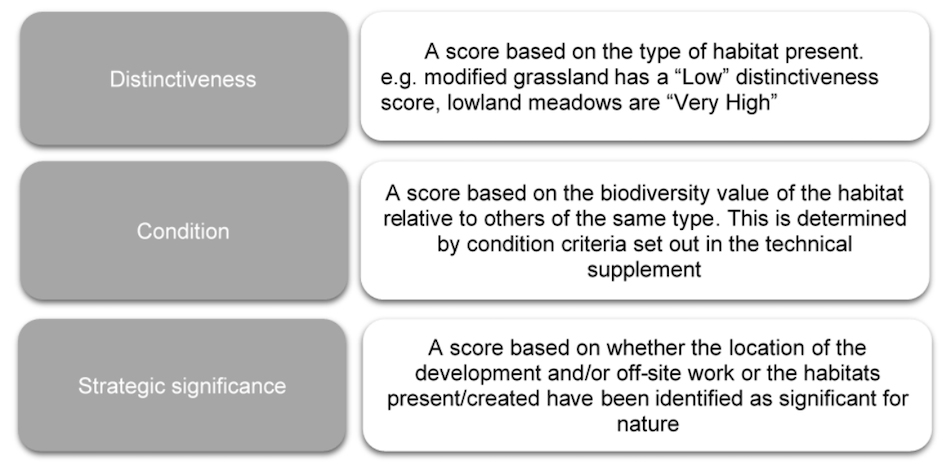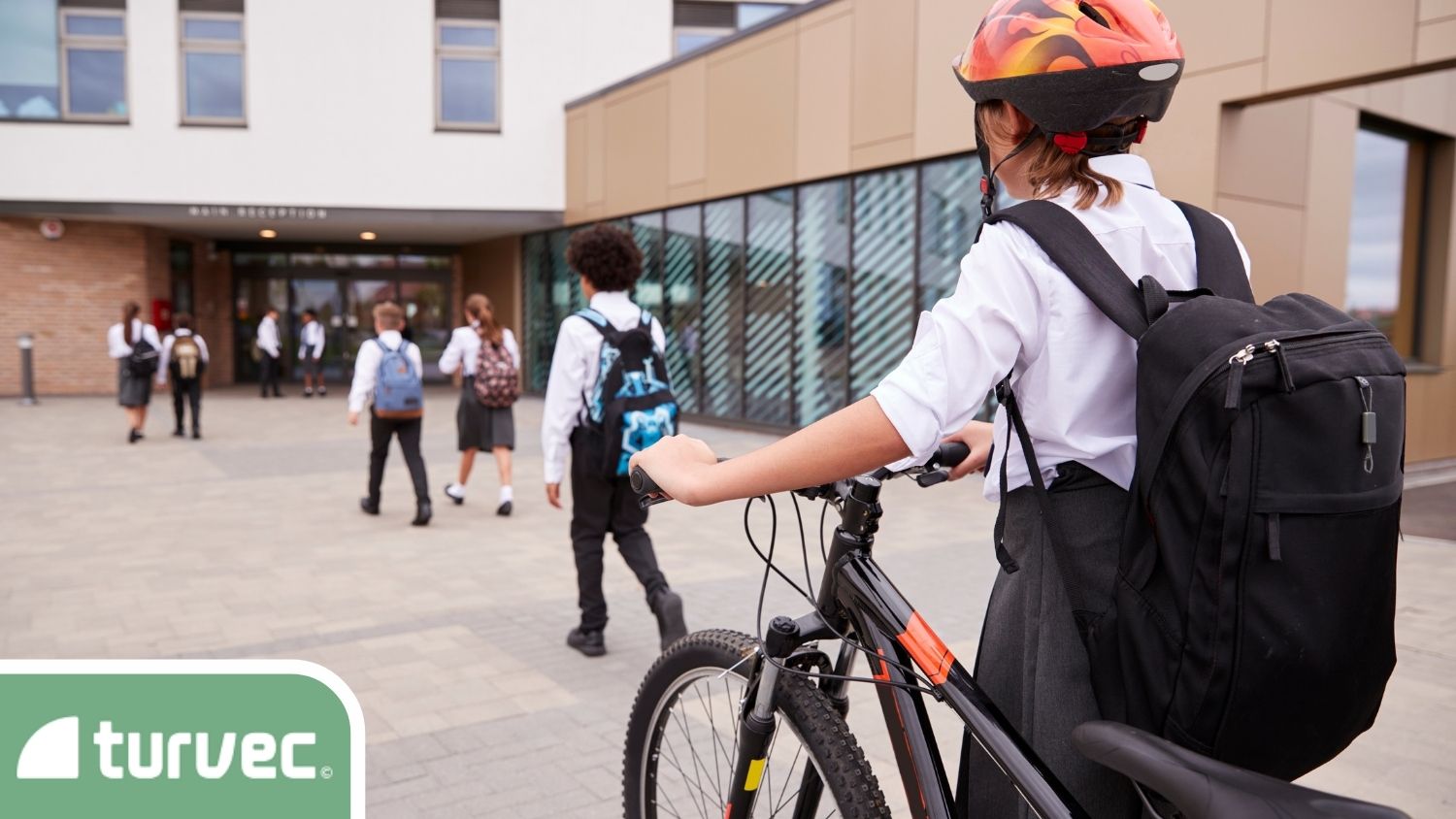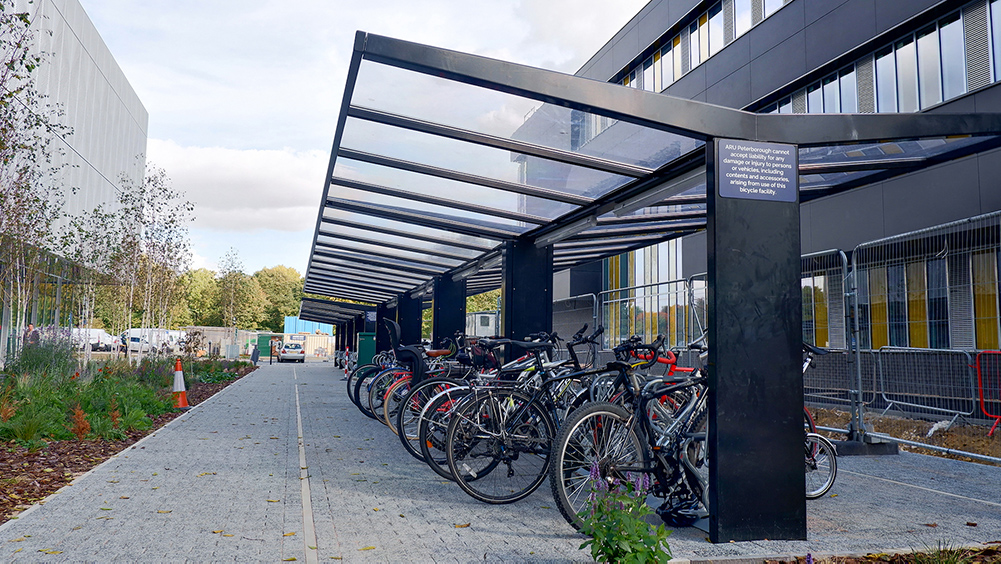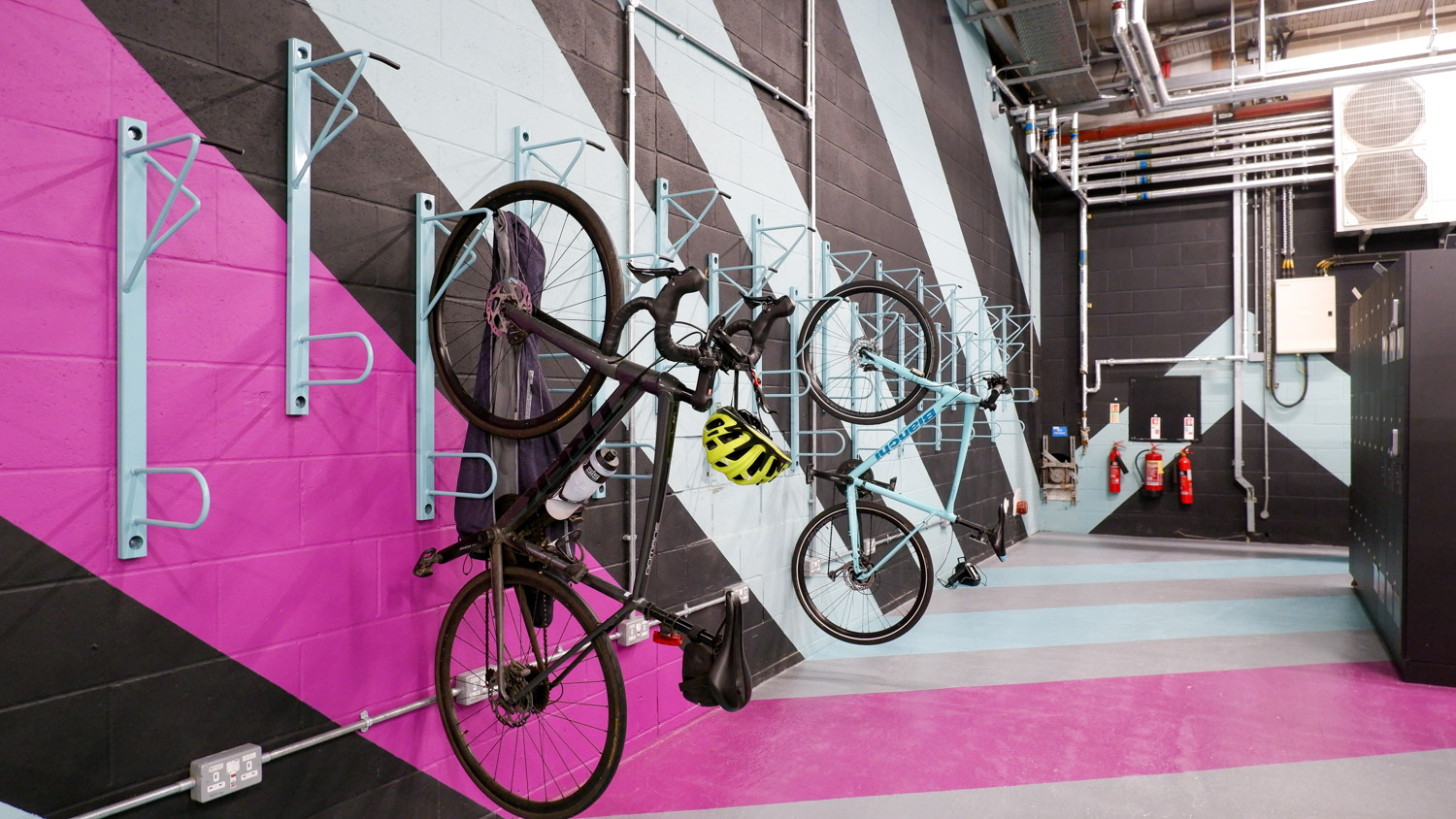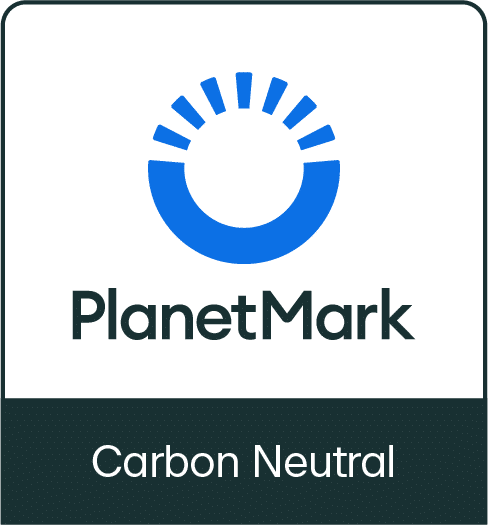What is Biodiversity Net Gain?
Introduced with the Environmental Act 2021, Biodiversity Net Gain (BNG) ensures new building developments leave the natural environment in an improved state compared to before construction began.
Although the Act is officially law in England, Biodiversity Net Gain is not expected to be enforced until 2023 at the earliest.
So what about Green roofs? Whether added to buildings, bus stops, or cycle shelters, they have been commonly understood to add green credentials to any project.
But do they contribute to Biodiversity Net Gain?
Understanding Biodiversity Net Gain
To determine biodiversity gain, The Biodiversity Metric 3.1 is used to calculate total ‘units’. These units are measured before and after the development is finished.
The new score, post-development, must be at least 10% more than before to pass the new laws, and thereby lead to biodiversity ‘gain’.
It might seem on the surface a crude measurement of natural habitats, but the stringent metric aims to ensure units are earned through correct identification of genuinely ‘diverse’, or ‘distinctive’ habitats.
